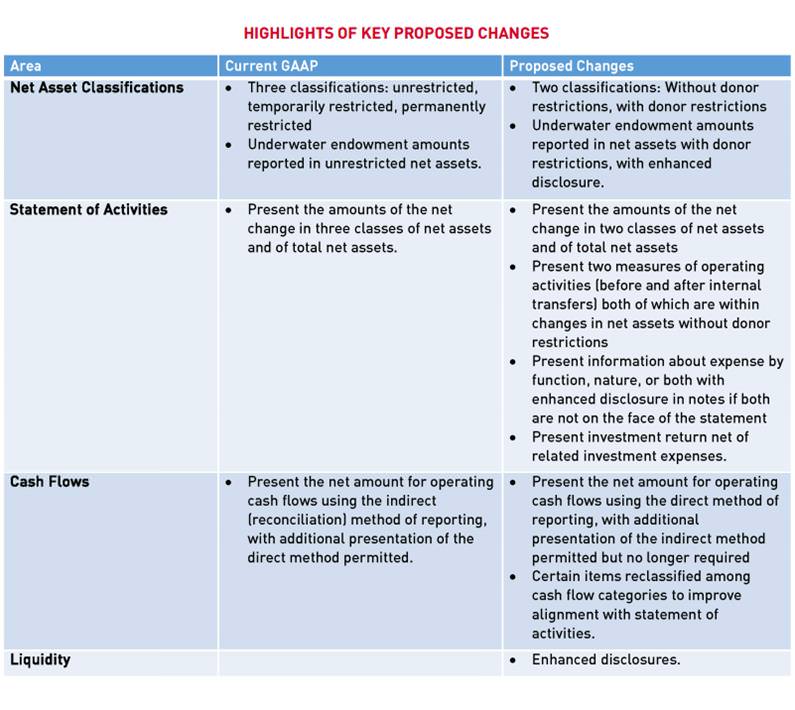Credit shelter trust benefits for large estates
 Portability now allows married couples to use up both spouses’ estate tax exemptions without having to make lifetime asset transfers or set up trusts, though this “simpler” path isn’t necessarily the better path.
Portability now allows married couples to use up both spouses’ estate tax exemptions without having to make lifetime asset transfers or set up trusts, though this “simpler” path isn’t necessarily the better path.
For couples with large estates, making lifetime asset transfers and setting up trusts can provide benefits that exemption portability does not offer.
With portability, if one spouse dies and part (or all) of his or her estate tax exemption is unused at death, the estate can elect to permit the surviving spouse to use the deceased spouse’s remaining estate tax exemption. But making the portability election does not protect future growth on assets from estate tax like applying the exemption to a credit shelter trust does.
Also, the portability provision does not apply to the Generation-Skipping Transfer (GST) tax exemption, and some states do not recognize exemption portability. Credit shelter trusts offer GST and state estate tax planning opportunities, as well as creditor and remarriage protection.
If you would like to learn more about credit shelter trusts or other estate planning strategies for your situation, please contact Whalen.
Copyright 2015 Thomson Reuters
Image courtesy of boykung at freedigitalphotos.net







